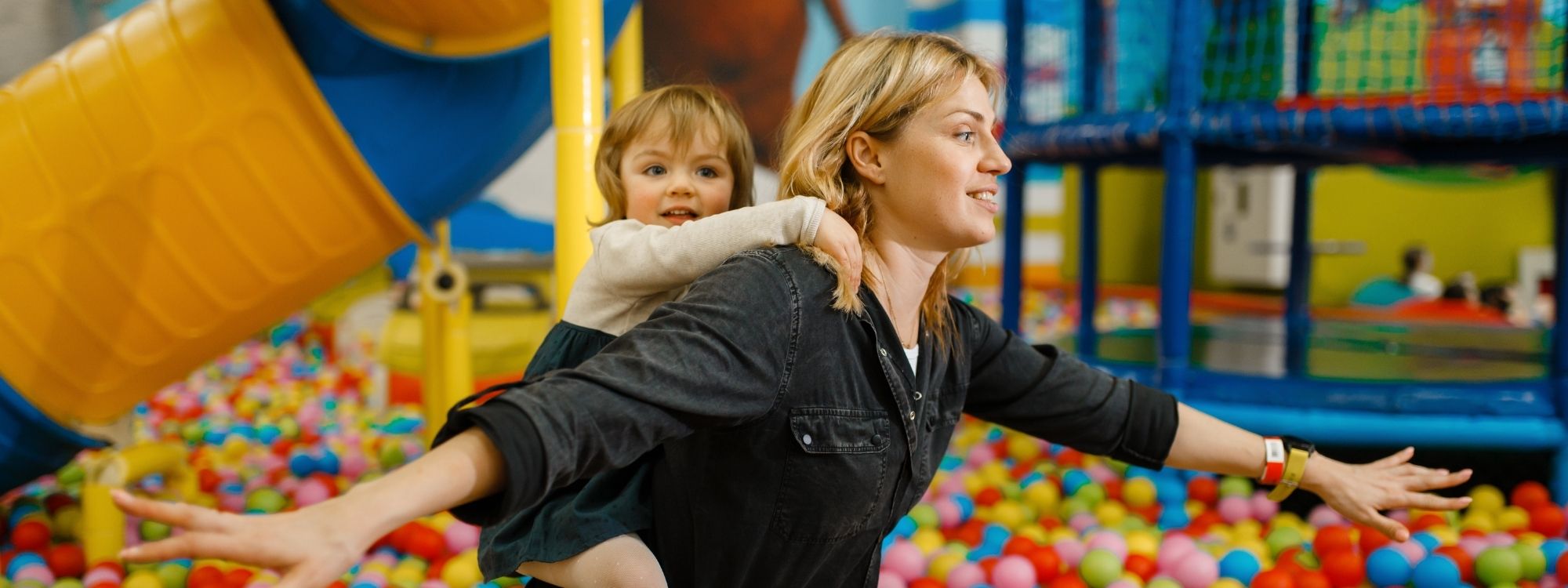Introduction to Autism
Autism spectrum disorder (ASD) is a neurodevelopmental disorder that affects how people process information and interact with the world around them. One of the most commonly asked questions is: Is autism a learning disability? While autism can affect learning in certain ways, it’s not classified as a learning disability on its own. Instead, autism is a spectrum disorder that impacts how individuals communicate, behave, and relate to others.
Autistic people often experience challenges with social communication and exhibit repetitive behaviors. These traits can sometimes overlap with difficulties seen in learning disabilities, leading to confusion. Understanding what autism is and how it differs from other developmental conditions is key to providing the right support.
Autism is a lifelong condition. Early diagnosis, often made by health professionals such as developmental pediatricians and child psychologists, is essential. With the right support, many autistic people can thrive and lead fulfilling lives.
Understanding Learning Disabilities
A learning disability is a neurological condition that affects a person’s ability to process incoming information, particularly in areas like reading, writing, and math. Learning disabilities can affect language skills, memory, attention, and reasoning. Unlike autism, they are not social communication disorders but are typically defined by difficulties with specific academic skills.
Learning disabilities can co-occur with autism spectrum disorder, but they are separate diagnoses. While some autistic individuals may also have learning disabilities, not all do. It’s important to understand that these are distinct conditions with unique support needs.
Learning disabilities are categorized by severity:
- Mild: May require some classroom accommodations
- Moderate: More structured learning support needed
- Severe or profound: Lifelong assistance and specialized educational plans
Learning disabilities should not be confused with learning difficulties such as dyslexia, ADHD, or dyscalculia. These are specific challenges that may or may not involve broader cognitive impairments.
Autism Diagnosis and Assessment
Diagnosing autism involves a comprehensive assessment of a child’s behaviors, language development, and communication skills. Typically, this evaluation is done by a team that may include psychologists, speech therapists, pediatricians, and other specialists.
One of the challenges in diagnosing autism is differentiating it from other conditions, such as intellectual disabilities or specific learning difficulties. Accurate diagnosis is essential to ensure that individuals receive appropriate interventions and services.
Key steps in the diagnosis process include:
- Observation of social interactions, play behaviors, and communication
- Standardized assessments, like the ADOS-2 (Autism Diagnostic Observation Schedule)
- Parental interviews to understand developmental history
Signs of autism often appear before age three and may include limited eye contact, delayed language development, and repetitive behaviors like hand flapping or lining up toys. Early diagnosis leads to earlier intervention, which can significantly improve developmental outcomes.
Characteristics of Autistic People
Autistic individuals may communicate, behave, and experience the world in ways that differ from non-autistic people. This diversity can be seen in both strengths and challenges.
Some autistic people may not speak or may rely on alternative forms of communication, such as augmentative and alternative communication (AAC) devices. Others may have advanced vocabulary but struggle with understanding body language or sarcasm.
Common characteristics include:
- Repetitive behaviors, such as repeated movements or specific routines
- Intense focus on particular topics or hobbies
- Sensory sensitivities to sound, texture, light, or smell
- Difficulty understanding facial expressions and social cues
Despite these challenges, many autistic individuals possess exceptional abilities, from memory retention to creative problem-solving. It’s important to focus on both the support they need and the strengths they bring.
Learning Disabilities and Autism
Autistic individuals can also have learning disabilities, but this is not always the case. When both conditions co-occur, it’s referred to as a dual diagnosis. In these instances, distinguishing between autism traits and learning difficulties is critical to developing a tailored educational and support plan.
A developmental-behavioral pediatrician or educational psychologist is often involved in determining how autism and learning disabilities interact in a child.
Educational challenges in autistic individuals may include:
- Difficulty with reading comprehension or writing skills
- Trouble understanding abstract concepts or multi-step instructions
- Challenges with problem-solving and generalizing learned skills to new contexts
Support strategies should be individualized, focusing on both autism-related and learning-related needs. For example, some autistic children may benefit from visual learning aids, while others need direct instruction in social skills or language development.
Autism Spectrum Disorder and ADHD
Autism and Attention Deficit Hyperactivity Disorder (ADHD) are separate conditions, but they frequently co-occur. An autistic person may also show signs of ADHD, such as impulsivity, inattentiveness, and hyperactivity.
Understanding the differences is crucial:
- Autism: Challenges with social interaction, repetitive behaviors, restricted interests
- ADHD: Difficulty with attention, organization, and impulse control
Some behaviors, like difficulty staying on task, may look similar but stem from different causes. A multidisciplinary approach helps clarify the diagnosis and treatment strategy. Health professionals may recommend behavioral therapy, structured classroom support, or medication for ADHD symptoms.
Autistic Children and Education
Education for autistic children often requires additional support through Individualized Education Programs (IEPs) or 504 Plans in the U.S., and Education, Health and Care Plans (EHCPs) in the U.K.
Many autistic children benefit from:
- Sensory-friendly environments that minimize overwhelming stimuli
- Visual schedules to help with transitions and routines
- Speech and occupational therapy for communication and motor skill development
- Specialized educators trained in autism support
Some autistic children also face anxiety or depression due to isolation or unmet support needs. Addressing mental health is just as important as academic achievement. Schools should create inclusive environments that honor neurodiversity and recognize the full potential of autistic students.
Conclusion
While autism and learning disabilities can co-occur, they are not the same. Autism is a neurodevelopmental condition that affects social interaction and communication, whereas learning disabilities impact the way individuals process specific types of information. Understanding these differences ensures better diagnoses, more targeted support strategies, and ultimately, improved outcomes for both children and adults.
Unlock your child’s potential with personalized support. At Champions ABA, we specialize in helping autistic children and those with learning disabilities thrive through proven, individualized ABA strategies. From language development to classroom readiness, our team is here to support every milestone. Call us today or visit our website to learn how we can empower your child’s learning journey.
FAQs
Is autism considered a learning disability?
No, autism is not considered a learning disability. While both may affect how a person learns or communicates, autism is a neurodevelopmental condition that affects social interaction, sensory processing, and behavior. However, it is possible for an autistic person to also have a learning disability.
What category of disability is autism?
Autism falls under the category of a developmental disability. In educational and legal contexts, it is often classified as a specific category that qualifies students for specialized services and accommodations.
Can a child with autism be normal?
Children with autism are “normal” in the sense that they are unique individuals with strengths and challenges like anyone else. The term “normal” can be misleading. What matters is understanding and supporting their individual needs, not comparing them to a standard.
What are the top 5 learning disabilities?
The most commonly recognized learning disabilities include:
- Dyslexia: Difficulty with reading and language processing
- Dyscalculia: Challenges with math and number-based reasoning
- Dysgraphia: Trouble with writing, spelling, and fine motor skills
- Auditory processing disorder: Difficulty understanding and processing sounds
- Nonverbal learning disability: Struggles with spatial awareness and visual cues



